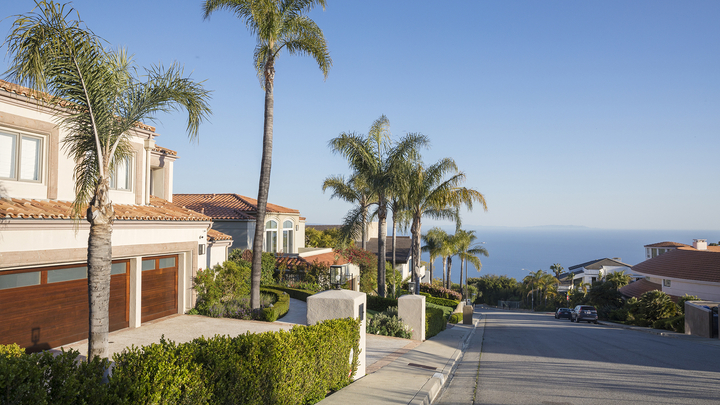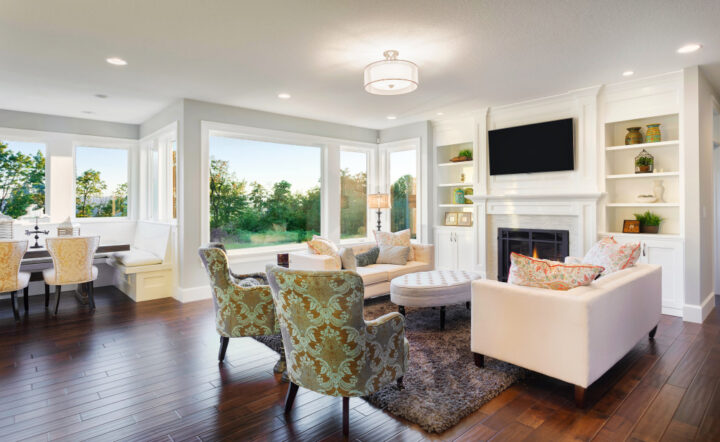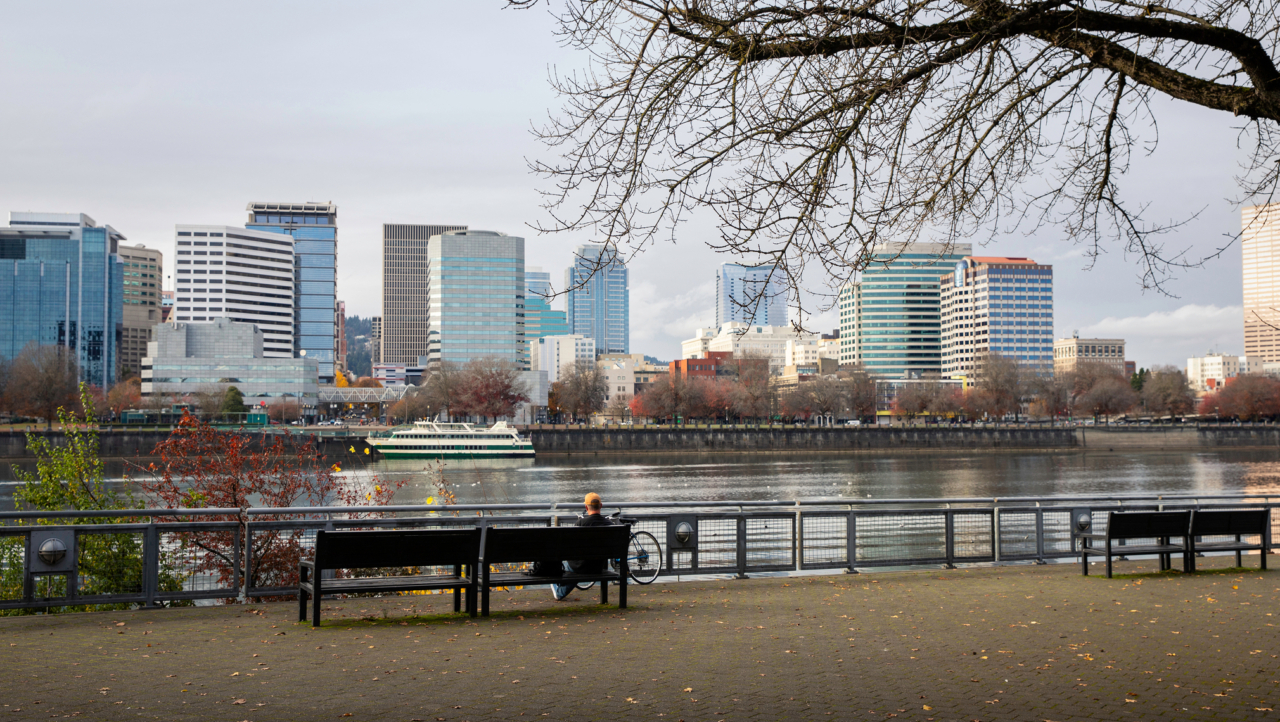Colonials: Patriotism in a Home-Sized Box
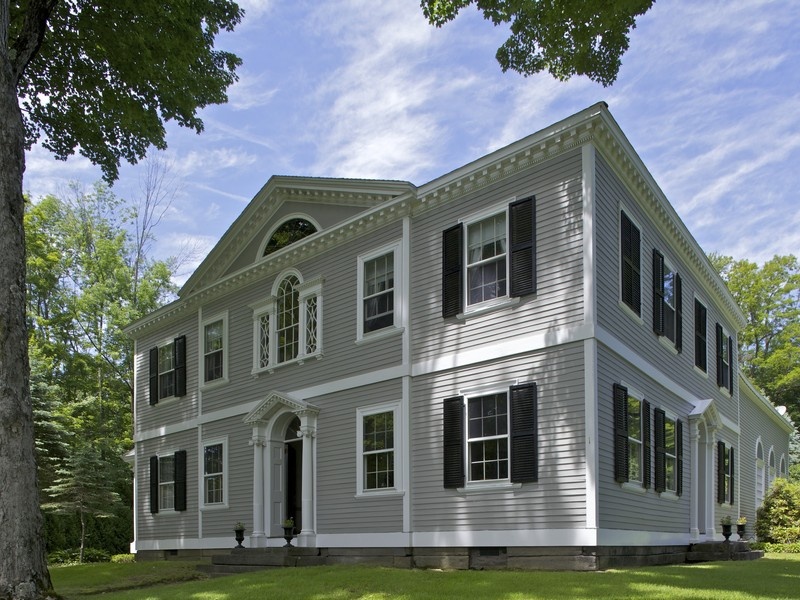

Written by Zillow on October 15, 2015
The people who built the first colonial homes did not think of them as colonial. They were just homes -- and initially, their styles varied depending on the colonists' countries of origin.
Like the English settlers themselves, the architecture that stemmed from England eventually dominated in the United States -- essentially, boxy homes with Classical details.
Colonial homes have long been associated with patriotism and status, particularly along the East Coast, and are a contrast to modern architectural styles, which tend to be more horizontal and built to meld with their environments.
Georgian
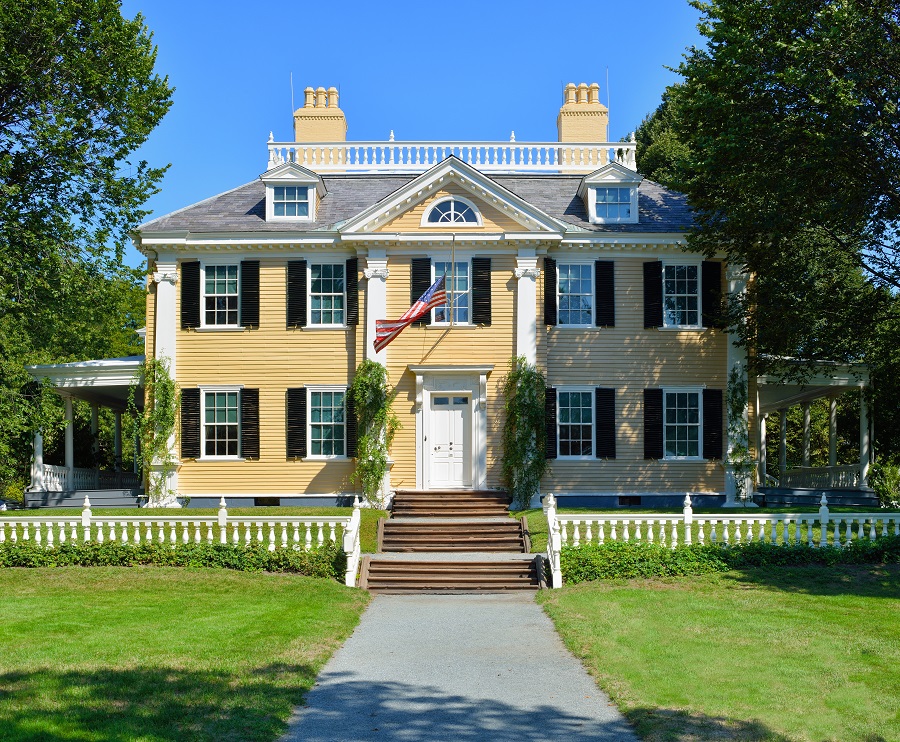
Prior to 1700, homes in the Colonies tended to have small windows, large central chimneys and steep roofs. The style shifted in the 1700s to Georgian -- named for three English kings called George -- as people pulled further away from medieval styles and began incorporating aspects of Classical architecture such as columns and tooth-like dentils beneath the roofline.
This is the style many people envision when they say "colonial," says Sally Zimmerman, senior preservation services manager for the Historic Homeowner Membership program at Historic New England.
It stems from England's growing middle class, which became interested in homes with more ornament like the country estates they saw in pattern books that were geared toward the aristocracy. The style translated on this side of the Atlantic into similar homes built of wood rather than stone -- wood was more plentiful here (as stone was there).
"Sometimes, people put sand in the paint so it looked like a textured surface," Zimmerman said. "Nobody was fooled, but the goal was to look like stone."
One famous example of the Georgian style is the Longfellow House (above) in Cambridge, MA, the former home to poet Henry Wadsworth Longfellow and the headquarters for a year to George Washington during the U.S. Revolution. It's now a museum.
Dutch colonial

Dutch colonies in New York and New Jersey existed for a relatively short time in 1600s, but Dutch colonists continued to build homes in their own distinctive style. While urban Dutch colonial homes resembled 17th-century buildings in Holland (brick homes with paired end chimneys), it's unclear where the flared eaves of many rural Dutch colonial homes originated. They might have been a New World invention or could have stemmed from the French-Flemish tradition (many Dutch colonists originated in Flanders), according to Virginia Savage McAlester's seminal book, "A Field Guide to American Houses."
French colonial
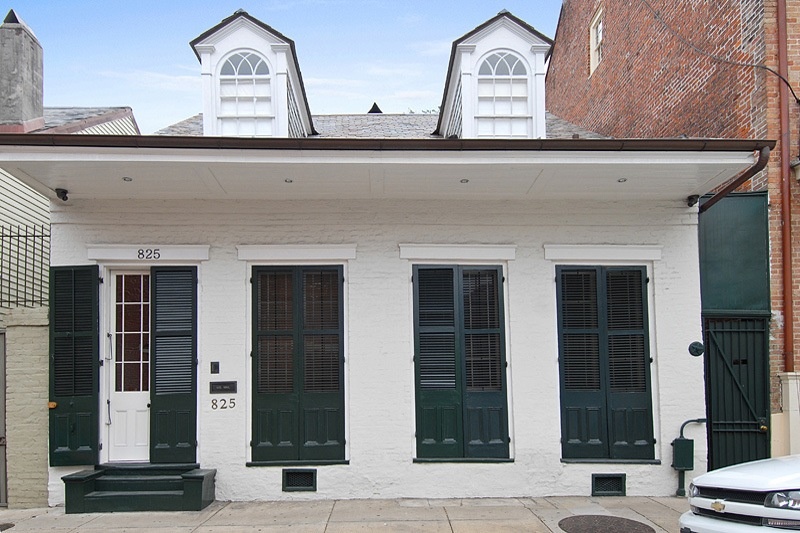
French architecture had a major influence on home styles in eastern North America throughout the 1700s, but it diminished in the United States after Thomas Jefferson purchased the vast Louisiana Territory in 1803. More than half of the French colonial homes that remain are in New Orleans, although many now include more elaborate iron work, McAlester writes. They're often made of stucco with steep roofs and tall, narrow windows and doors, with the doors divided into French doors.
Spanish colonial
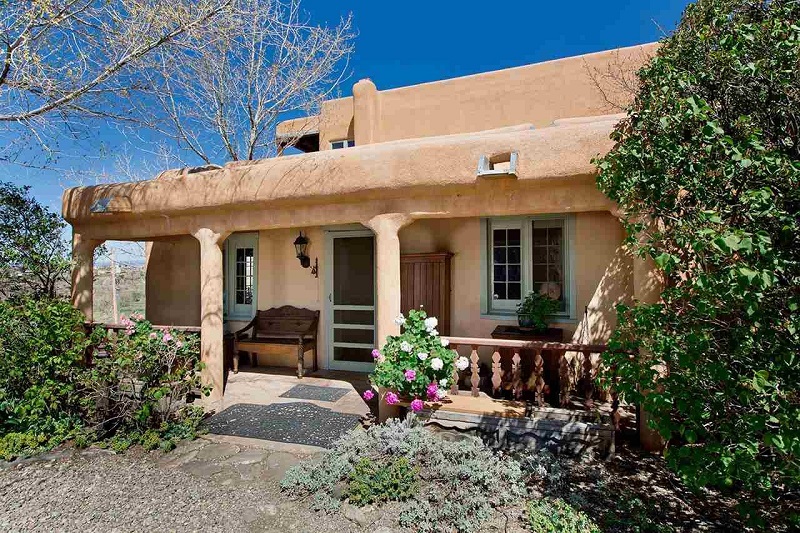
Built for three centuries starting around 1600, Spanish colonial homes span the same giant portions of the western United States and Florida that once belonged to Spain. Many have porches and flat or low-pitched roofs. Flat roofs come from the Moors of Africa through Spain and from Native American architecture well established in Mexico and the southwestern United States before the Spaniards arrived, McAlester writes.
Early designs were simple, but as trade opened with the United States, Greek Revival details and shingled roofs began to appear. Styles vary geographically, from a design called Monterey in coastal California to one known as Territorial in New Mexico, Arizona and west Texas.
Federal

Like Georgian-style homes, Federal homes are boxy with symmetrical doors, windows and even chimneys. Although their scale tends to be larger, their details -- columns and moldings, for example -- are more delicate. They're known for their Palladian windows -- large windows on the second floor divided into three parts, with the middle being bigger than the other two. Federal homes were wildly popular on the eastern seaboard around the turn of the 19th century, and the style sometimes mixed with Georgian, as in the example above.
Classical Revival
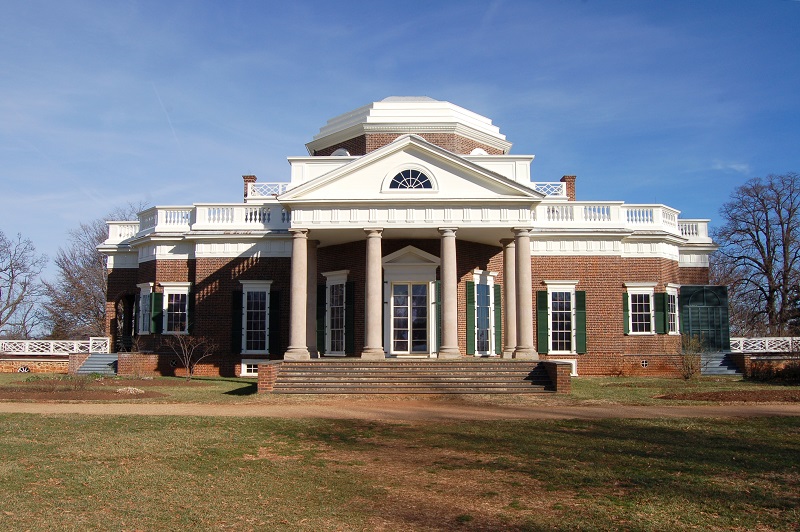
Much colonial architecture includes classical elements, but some homes around the turn of the 19th century more heartily embraced columns, fanlights over doors and even domes. Thomas Jefferson's Monticello is a prime example. Built in Virginia the late 1700s, it was renovated significantly after Jefferson returned from France and finally completed in 1809.
Colonial Revival
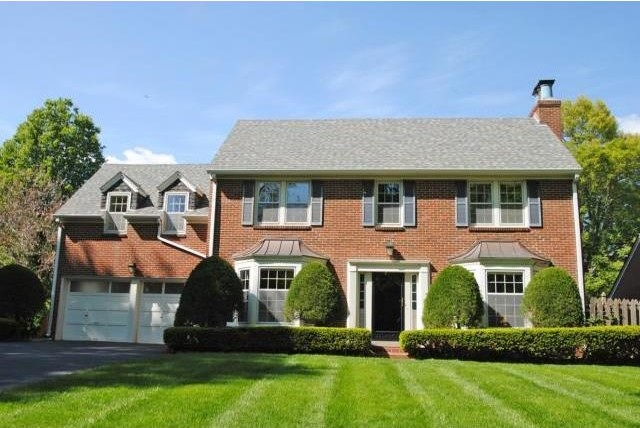
Although Monticello leaned a tad romantic and was followed by true romantic styles such as Greek Revival and Gothic Revival, colonial homes never fell out of fashion.
They enjoyed a significant revival in the first half of the 20th century, eventually supplanting Queen Anne Victorian homes in popularity. Their ties to early America were key, said Zimmerman from Historic New England.
"People were more overtly patriotic from the 1890s through the 1960s than they are now, and a colonial home was a way of tying yourself to that," she said.
Tags
How much home can you afford?
At Zillow Home Loans, we can pre-qualify you in as little as 5 minutes, with no impact to your credit score.
Zillow Home Loans, NMLS # 10287. Equal Housing Lender
Get pre-qualifiedA great agent makes all the difference
A local agent has the inside scoop on your market and can guide you through the buying process from start to finish.
Learn more